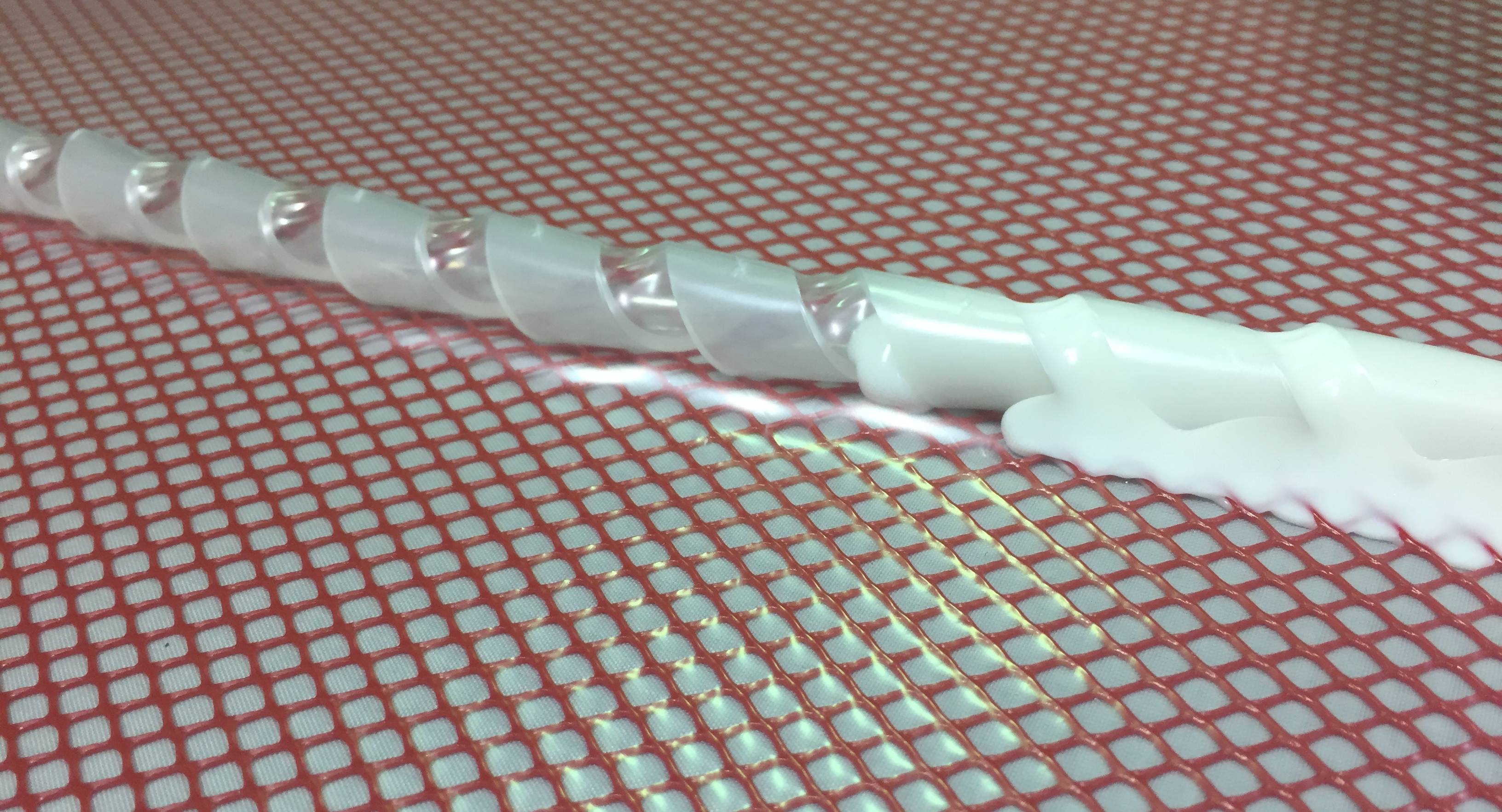PA11/ NGP Nanocomposites For SLS Application
Goal
To improve electrical and mechanical properties of thermoplastic composites with nanomodification.
Motivation
Need of development of nanocomposites material for Selectice Laser Sintering applications with improved electrical, mechanical, and thermal properties and also for ESD applications.
About
The broader goal of this research is to develop a commercially viable material and method to mass produce functional parts using selective laser sintering (SLS) which is a rapid manufacturing method, for electrostatic charge dissipation (ESD) applications. SLS is a rapid product manufacturing method that uses polymer powders to build complex 3-D parts of virtually any geometry, layer by layer using 3D CAD models. It allows the creation of complex part geometries using the thermal energy supplied by a laser. Currently, the most readily available materials for SLS are Polyamide 11 and 12 due to their ability to produce a fully dense part, unlike polymers such as polycarbonate and acrylic styrene. Polyamide 11 is a thermoplastic which offers good mechanical strength, abrasion, chemical, and heat resistance. Currently it is used in a variety of industries such as gearings, bearings, clothing, films and electronics. The specific objective of this research is to produce Polyamide 11 (PA11)/ nanographene platelet (NGP) nanocomposites that are thermally stable having improved electrical conductivity for SLS manufacturing. Previous research and analysis of nanographene suggests that the improved thermal properties are ideal for application as a thermal management layer in microelectronic devices, lightning protection in aircrafts, and thermally conductive films. By improving their electrical conductivity these nanocomposites, either in the film or fully dense form, can be used to produce parts for electrostatic charge dissipation (ESD) applications required in aerospace, advanced electronics, and the biomedical industry. PA11 and NGPs were blended using twin screw extrusion. Batches were prepared using 1wt%, 3wt%, 5wt% and 7wt% of NGPs. Cryogenic grinding was used to produce the PA11/NGP nanocomposite powder. Thermal characterization of nanocomposites includes Thermogravimetric analysis (TGA) at a heating rate 20°C/min. Electrical resistivity was measured using the four probe method. Mechanical characterization includes tensile and flexure properties. The results demonstrated promising improvement in mechanical, electrical and thermal properties. The next step of this research is use of nanocomposite powder on SLS technique to develop some complex parts and test coupons, to analyze effect of SLS processing on electrical, mechanical and thermal properties.
Publications
- S. Gaikwad, J. S. Tate, N. Theodoropoulou, E. Trevino, M. Andrews, and J. H. Koo “PA11/Nanographene platelet nanocomposite for selective laser sintering (SLS)”, International SAMPE Symposium and Exhibition (ISSE 2012), Baltimore, MD, USA, May 21-24, 2012. ID#2088.
- J. S. Tate, S. Gaikwad, C. J. Jacobs, B. Olson, W. Stapleton, N. Theodoropoulou ,and J. Koo, “Thermal and electrical properties of Polyamide 11/Nanographene Platelet Nanocomposites”, International SAMPE Symposium and Exhibition (ISSE 2011), Long Beach, CA, USA, May 23-26, 2011. ”, ID#1262.
- C. Jacobs, J. S. Tate, B. Olson, and J. Koo, “Thermal characterization of nylon 11 / nanographene platelet nanocomposites” , Journal of Nanoscience and Nanotechnology, American Scientific Publishers [In Publication].
